
Photo (CC 2.0) by USDA, on Flickr
How do your customers feel about the opportunity to access your company online?
This may be to find information, search for products or services, make a purchase, ask a question, discuss a problem, find more information, get store hours, or determine where you are located.
Have you ever thought about this question? Or perhaps you don’t have an online presence so you don’t feel there is a need to ask your customer?
This should be a key question as you work to understand your customer. Just recently a report was issued that suggested the buyers of 70 to 80 percent of purchases at some point used an online resource in the search and purchasing process. And with the rapid growth of mobile devices, this trend will just expand.
My interest in this topic came to the forefront when I tried to contact a local store of a major chain to ask why they no longer carried a favorite product. Yes, I could have talked to someone in the store but never got the right person (but that’s another issue). When online though, I found that all questions were directed to the corporate headquarters. I suspected my question was now entering a black hole. (It’s been a week and I haven’t heard anything.)
So I did my own market research. I asked a dozen friends/colleagues (most lived in other places in the US) about their online experience over 2015. This is what I heard:
- Everyone had tried to locate or contact a local company using an online service or went online to look at products and services available. On average, they did this weekly or even daily.
- Based on their recall, 50 percent of the stores responded to a comment or question in 1-2 days. Only about 10% responded in 8 hours or less (Sometimes they got an automatic response saying that someone would bet back to them. Generally the feeling was that really didn’t count as a response). About 25% of the companies took more than a week or never responded.
- Some of the time, a first and second message were returned fairly quickly but if it was a more complicated issue response time grew as the conversation continued.
- Several comments were made about the difficulty in finding where to even make contact. A couple even mentioned that not only was their no online contact information provided but neither was a phone number and, in a couple of cases, there wasn’t even an address.
- Not all of the business map locations were correct. Several small business owners had not claimed their business (Don’t know what that is – Search for “Claim your business”).
- I didn’t ask but a couple of comments were made about websites that were not mobile-friendly. This made it difficult to find the information they wanted or to even fill in a form for more information.
While the overall feeling was that things were getting better, the people I talked with said they also have lowered their expectations over time.
My little study has no scientific rigor. It’s not necessarily valid or reliable. However it begins to tell a story.
You can do the same thing when talking with your customers. Ask them if they have ever tried to connect with your store online. If you don’t have an online presence, ask if they have ever posted a review about your business in a third-party online review site. Ask them about their experience contacting other stores. These are simple questions. They don’t take a lot of time to ask or answer but they may tell you a story about your business.
Think about the answers I received. What’s the story about your business? Is a response in 8 hours acceptable? What if I am simply asking what your store hours are? I probably am looking to head out now to buy something so you don’t even make my list of places to go.
Today’s customer is online to compare, shop, buy, resolve an issue, find store hours, etc. They are doing this while 100 miles away, down the block, and even standing in your aisle.
Are you meeting your customers’ online expectations?
- About the Author
- Latest by this Author
Glenn Muske is an independent expert on rural small business, working as GM Consulting – Your partner in achieving small business success. He provides consulting, and writes articles for county extension agents and newspapers across North Dakota. Previously, he was the Rural and Agribusiness Enterprise Development Specialist at the North Dakota State University Extension Service – Center for Community Vitality.
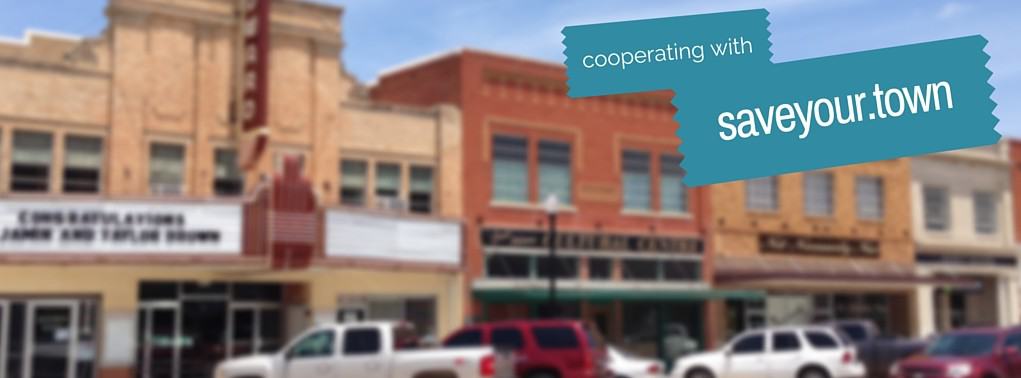
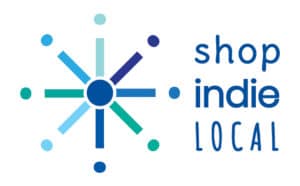
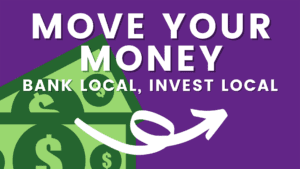





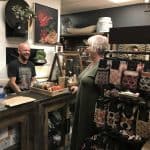

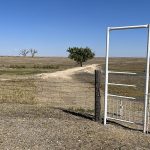
A local business owner told me about the difficulty she had trying to find the website of another business a few miles away which, according to her research, sells the model washing machine she wanted to buy.
The appliance store got lucky.
The woman needed that particular washer, so she drove to the store and bought it. As she paid for it, she told the clerk she’d had difficulty finding the website. His response was, “We had professionals do it and we paid a lot of money for it.”
I was curious as to what the website problem could be. When I checked the page source, I found that the domain name that the company lists in all its ad materials—and it does LOTS of advertising—is not the domain name on the website. That’s why someone who knew the business existed, knew the business has a website, knew the business sold the product she wanted, could not contact the business to make the purchase.
These kind of issues happen more often than we realize. It’s so important for the business owner to check on but time often is an issue. Today your website though has to be high on the priority list.